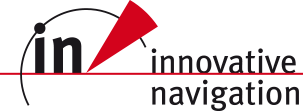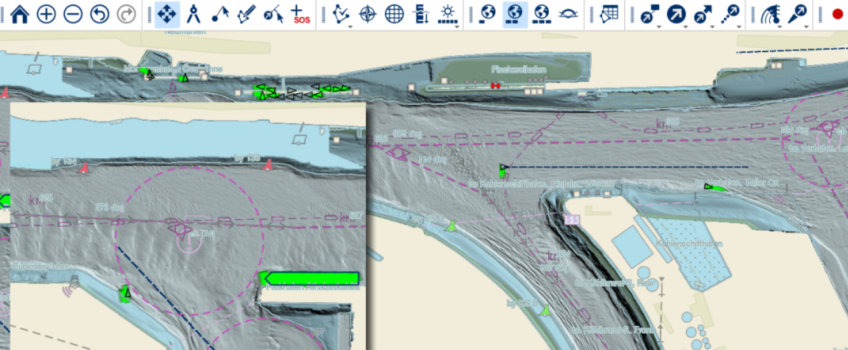At this year’s EUROPORT, we took the chance to showcase the integration of SevenCs’ state-of-the-art S-100 Nautilus ECDIS kernel into our inDTS application for the first time. We have had a long and fruitful cooperation with SevenCs for over 20 years. We are pleased that with inDTS and Nautilus we can combine two powerful tools into one comprehensive and highly performant maritime traffic monitoring solution.
The integration of bathymetry data, for example, provides our customers with a wealth of new information. The availability of this data is essential for the precise planning and execution of dredging work, e.g. in harbor areas or river sections that depend on draught. It is therefore crucial to carry out such work, for example, to remove washed-up sand from canals or berths to ensure the required water depths. If this bathymetry data is also available in a highly up-to-date condition, harbor operators can plan the use of berths in an even more targeted manner.
Thanks to the cooperation with SevenCs and the regular exchange and participation in the relevant standardisation committees (e.g. IALA VTS Working Groups), we are ideally positioned not only to meet current standards such as S-124 “Navigational Warnings” or S-125 “Marine Aids to Navigation (AtoN)”, but also to smoothly integrate future standards of the S-100 framework. Examples of this are the standards S-210 “Inter-VTS Exchange Format”, S-211 “Port Call Message Format” and S-212 “VTS Digital Service”.
This advanced co-operation enables us to meet the constantly growing requirements of the maritime industry and at the same time to provide innovative solutions that continuously improve efficiency and security in VTS systems.


 Bespoke Programming
Bespoke Programming